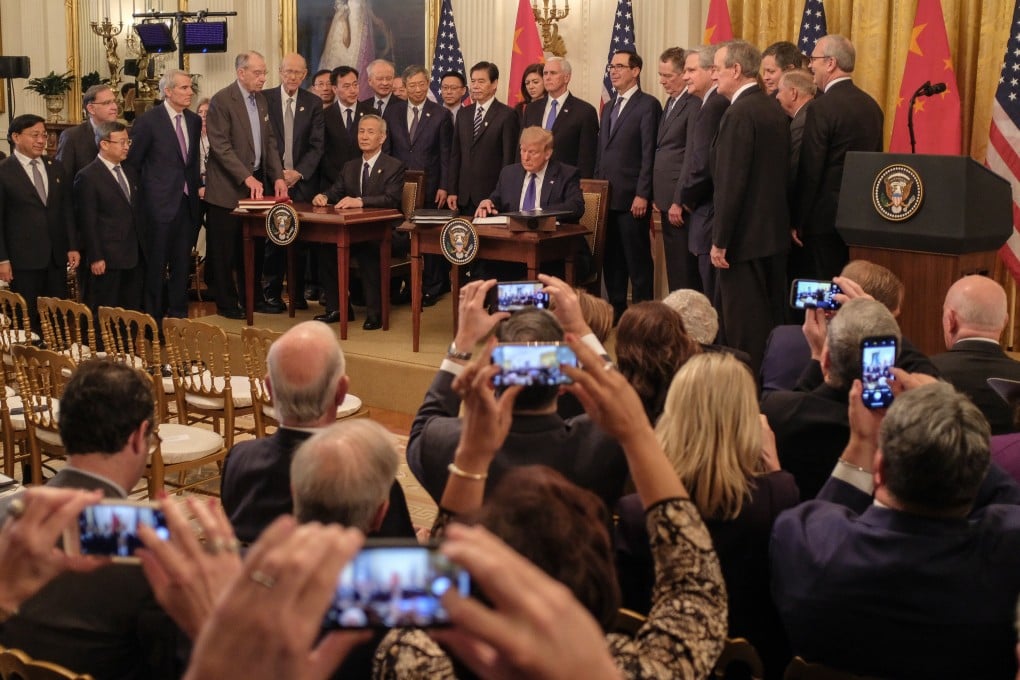China putting US tensions over Hong Kong aside to subtly, quietly implement phase one trade deal
- China has increased its purchases of US farm products, although it is lagging far behind the commitment for agricultural purchases in the phase one trade deal
- Beijing has also transferred responsibility for the purchases to the Ministry of Agriculture and Rural Affairs, suggesting they are no longer a political task

China appears to be quietly moving ahead with implementing the phase one trade deal with the United States despite the continuing deterioration in relations between the two countries.
In a subtle move behind the scenes, Beijing has shifted the day-to-day authority over China’s purchases of US farm products, such as soybeans, to the Ministry of Agriculture and Rural Affairs from the Ministry of Commerce, according to sources and government documents.
An official at the Ministry of Commerce, who declined to be identified, confirmed agricultural product purchases were now in the hands of the Ministry of Agriculture. The Ministry of Agriculture did not respond to a request for comment.

01:39
Trump administration bans Chinese passenger airlines from flying to US destinations
The adjustment suggests that authority to make the purchases of an additional US$32 billion in agricultural goods required by the trade deal is now seen as more of a bureaucratic task of combining domestic demand with market conditions rather than a political task.